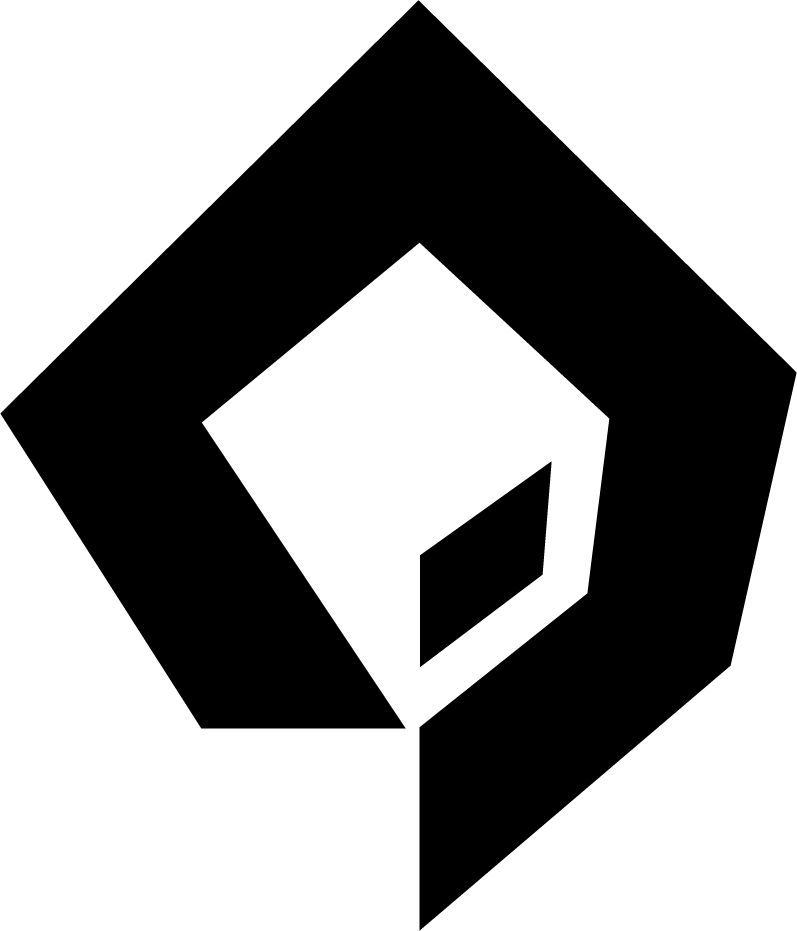Tyvek® by DuPont™
[Fabric review]
[Fabric review]

Tyvek® by DuPont™
[Fabric review]
[Fabric review]
Tyvek® is a non-woven material, 100% high density polyethylene [HDPE], developed by the American company DuPont™ – one of the world's largest chemical companies. In common the material is called "synthetic paper" because of the very similar texture. But why is it so remarkable, innovative for its time, and why can it become a new substitute for polyester and the production of PU-membrane garments? Let's try to understand in our new article about it.

Year 1955. Jim White, a scientist from the DuPont™ Experimental Center, made an important discovery: he noticed that white polyethylene fluff was coming out of the pipe in the polychemical laboratory. The case was carefully studied, and a year later, DuPont™ filed a patent proposal for a strong thread of linear polyethylene. But only in 1965, the development of a new material was registered by DuPont under the Tyvek® trade mark, and its industrial production was launched in April 1967. So the story of synthetic paper was began.

Initially, the web is formed by forming continuous beams of very thin interconnected fibers, which are then joined by heat and pressure.
Tyvek® combines the characteristics of paper, film and fabric in one material, so it can be used in a variety of applications where strength, moisture resistance, vapor permeability, light weight, and resistance to mechanical and chemical effects are required. In addition, Tyvek® does not emit a fibrous pile, is opaque and has a smooth surface.
In the process of material production, you can change the laying speed and binding conditions, resulting in materials that are focused on various applications. For example, the Tyvek® soft structure (they are sheet material with dotted bonds with embossed relief) are made for use in the textile industry, and Tyvek® with a rigid structure (is a rigid non-oriented paper type substrate with bonds over the entire area, having good printing properties, like in sheet and in roll form) can replace traditional paper, especially in the manufacture of envelopes and printing.
Distinctive features: very light, durable, waterproof, resistant to mechanical and chemical influences. Tyvek® specifications allow it to be used when other materials are not suitable: extra strong bags, tags, labels, instructions, road maps, kites, posters, banners, envelopes, control bracelets, stuffed birds for hunting, covers for agriculture and much more.
At the runways of many fashion designers regularly appear copies in whole or in part made of this modern and high-tech synthetic material.
One of these designers was Hector Mijangos, who at his homeland in Mexico in the 90s discovered this material and created fashion collections entirely from Tyvek®. We met Hector in 2018 and in a personal interview learned many interesting nuances about the work of the industry in those years.
One of these designers was Hector Mijangos, who at his homeland in Mexico in the 90s discovered this material and created fashion collections entirely from Tyvek®. We met Hector in 2018 and in a personal interview learned many interesting nuances about the work of the industry in those years.
“
«At that time, there wasn't such a fashion for Gore-Tex as it is today. No one knew about them. I used interlacing of various threads, for example, polyester with cotton inside, something like a neoprene diving suit, but it was not neoprene. I used a lot of cotton with polyurethane, because from the inside the product turned out to be soft, but from the outside it was plastic. Then I learned about the fabric that no one else had used. It was Tyvek®. He looked very cool. I made pants, jackets and dresses of it. Then there was another interesting thing. It was called "Self Dress Lab". It was a packaging with Tyvek® inside. There was a cloth with patterns, gel marks, scissors and sealing tape. Manually, with several movements, you could create a jacket for yourself.»
In the same year, the Black Series branch of the giant in the field of outdoor equipment and gear The North Face released an innovative collection of "aluminum clothing" from Tyvek®. The collection included mostly outer clothing: jackets, coats, sweatshirts, and T-shirts made from Tyvek®, providing protection from rain, wind, and even radiation. The collection has all the necessary properties for technological clothing: waterproof, breathable and wind-resistant, as well as a non-trivial appearance, which immediately identifies a unique material.
Gleb Kirenkov – NAMELESS chief designer and co-founder of TECHUNTER magazine – in his new project NDA took a sample part of the material and described it in his article on the creation of a new jacket design together with the digital studio THĒ HAZE , demonstrating the uniqueness of the material and the availability of working with it on personal experience.
“
«I offered to take an article with a metallized top layer. All this creates an interesting texture that plays shine when illuminated»
More information about the development and collaboration, as well as detailed photos can be seen at the link.
Ph: Re. Search
Advanced materials in the field of clothing are often very rare and complex in their production, and access to the circulation available to the mass market is often either impossible or occurs decades later, when the material successfully proves itself, passes the test of time and becomes more economical in the creation and development. Our team supports the general trend of functional clothing availability, while maintaining the quality and environmental friendliness of production. Not many companies and brands follow this, but Tyvek® is one of them.
In 2017 Tyvek® from DuPont™ celebrated its 50th anniversary at the market and is still one of the most economical and affordable materials in many areas of production, which proves its unmatched uniqueness and functionality.
The team of the TECHUNTER magazine declares special thanks to PrinTrade for test samples and interaction.
The team of the TECHUNTER magazine declares special thanks to PrinTrade for test samples and interaction.



